Diarrhoea, gas, constipation, vomiting... Digestive problems are a common problem for our fluffy friends, and are often caused by unsuitable diets. How can you improve your cat's digestion? What can you do to help your cat regain a healthy digestion? Read our article for expert advice from our veterinary clinical nutritionist, Dr Géraldine Blanchard, on how to keep your cat's tummy happy and ensure a healthy digestion for your cat.

Digestion in cats
The cat's digestive system is a bit like ours. It consists of the mouth, pharynx, esophagus, stomach, small intestine, large intestine (colon), and rectum. And all these organs work closely together in the digestion process. 3 of them play a major role: the stomach, small intestine, and large intestine.
As explained in our article on IBD in cats , digestion in cats begins in the mouth, where saliva lubricates food to help it pass through the esophagus. However, unlike humans, cat saliva does not have salivary amylase, at least not in the quantities that would allow it to begin digesting starch.
The food bolus slides from the esophagus via the stomach , a major organ that plays several roles: that of a “reservoir” - the food is retained there for up to 16 hours, the time for sufficient imbibition. The drier it is, the longer it stays!
The stomach inhibits food into water and ensures the mixing of its contents. It also secretes mucus, which protects its wall, and hydrochloric acid, which cause strong acidification of the gastric contents. This acidification inhibits some bacteria and pathogens, but not all. It also transforms pepsinogen, another molecule produced in the stomach, into pepsin, which then begins the digestion of proteins. The stomach controls the passage of food particles into the small intestine. The smallest ones (less than 2 mm) are evacuated into the duodenum by gastric emptying when the pylorus opens.
The small intestine then takes over. Shortly after the pylorus, secretions from the pancreas and liver flow into the intestine where enzymatic digestion (proteolysis, lipolysis, hydrolysis, etc.) and absorption of essential nutrients (amino acids, fatty acids) continue.
As for the large intestine or colon , it is in this organ that the absorption of a large part of the electrolytes (sodium, potassium, etc.) and residual water takes place, leading to the elimination of fecal matter.
Finally, let's move on to the rectum , the last organ of the digestive system. You should have a little idea of the process. 😼
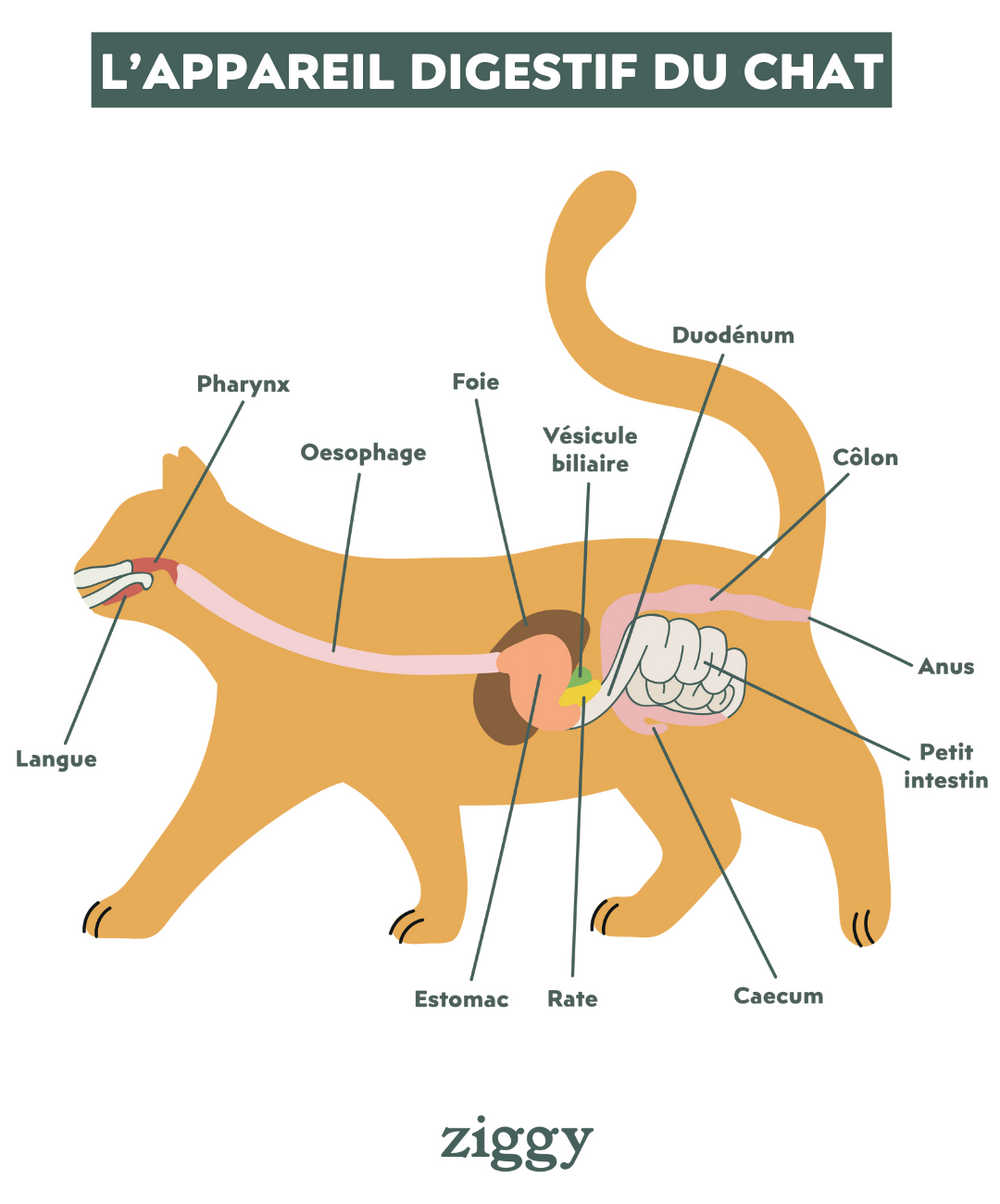
Digestive disorders in cats
The cat's digestive system is a well-oiled machine, but sometimes certain organs no longer function properly, leading to digestive problems:
The causes of these digestive disorders in our felines are multiple. They can be linked to a pathology such as chronic enteropathy or called IBD (Chronic Inflammatory Bowel Disease), hyperthyroidism, a tumor, a parasitic infection, a food intolerance, etc.
But in most cases, when all suspected diseases are ruled out by the veterinarian, the origin of these digestive disorders is dietary: a sudden change in diet, poor quality and unsuitable food, lack of hydration, intolerance to starch, etc.
Our tips for optimal digestion and a healthy stomach
First of all, we advise you to consult your veterinarian in order to rule out any pathology that could be the cause of digestive problems in your cat. However, sometimes it only takes a little for our cat to regain good transit .
Here is our advice and that of our veterinary nutritionist, Dr. Géraldine Blanchard, so that your cat has excellent digestion and a healthy stomach.
Please note that your cat's stools say a lot about its state of health. Also find on our blog our infographic to recognize healthy or abnormal stools in your cat.
Always make a dietary transition
In cats, a dietary transition has two objectives:
1/ Give the neophobic cat time to accept a new food, a new taste, a new texture… This can take 1 to 3 weeks, and that's okay. Changing the diet requires offering a small amount (maximum 10 grams) of the new food every day, with the usual food given in just enough quantity for the day. When this small amount is consumed for several consecutive days, then we give double, and we start to reduce the amount of usual food by the same amount… Until we only give the new food.
Avoid abruptly changing food by removing the food previously accepted. The cat, stressed by this abrupt change, may starve to death in front of a full bowl! If, in addition, we switch from wet food to dry food, which is not recommended but can happen, this slow transition is necessary to get the cat used to drinking water a little.
2/ Allow time for the intestinal flora to get used to the new substrates. Digestive disorders can occur when the food is changed too abruptly (new kibble and/or new pâtés). And for good reason, if a cat's diet is changed suddenly, its digestive system will not have time to get used to it. Since our cats' digestive flora is used to stability, the slightest change can throw everything out of whack and cause diarrhea and vomiting.
Example of a food transition with Ziggy pâté:
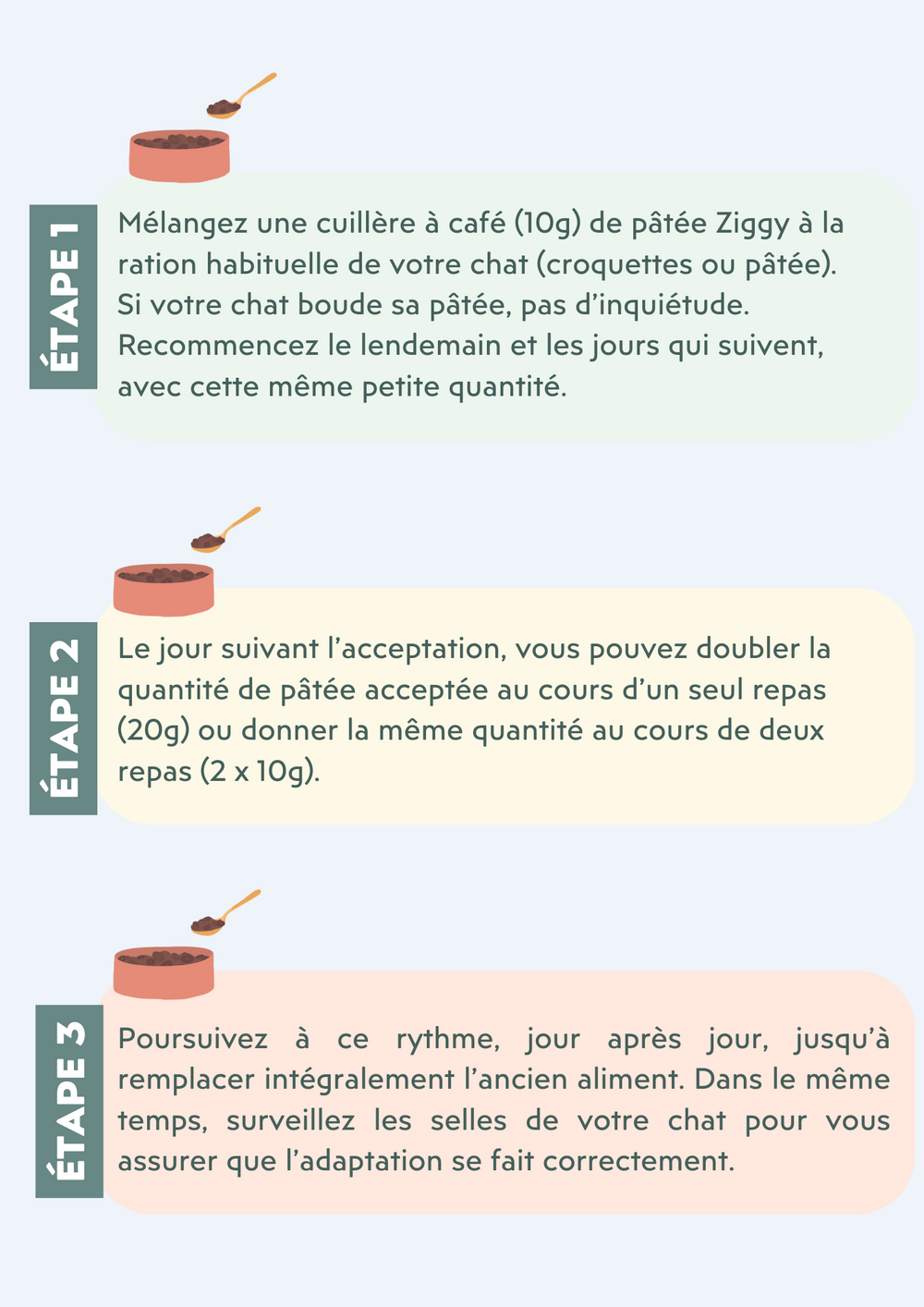
Every cat is different. The key is to adapt to your cat's rhythm. Some whiskered cats change their diet very easily in a few days, while others need more time to adapt (up to 2-3 weeks for the most resistant).
For more information, do not hesitate to consult our article on the food transition orour dedicated guide . We share all our tips and tricks with you.
Several small meals throughout the day
Eating too much and too quickly can also be responsible for digestive problems in cats. Some whiskered cats who are a little too gluttonous and who eat too quickly can suffer from vomiting. A bit like us: if we eat our entire plate in less than 5 minutes, our stomach will not support it. They can also have bloating and flatulence.
To regulate your cat's appetite and especially promote gentle digestion, it is advisable to divide its daily ration into a minimum of 4 small meals per day. “ For example, two in the morning and two in the evening ,” explains Dr. Géraldine Blanchard.
Respect your cat's daily ration
The amount of food you should give your cat each day depends on several factors.
It depends on your cat's age, weight, physical activity, sterilization or castration and the type of food it consumes (kibble or pâté or both) and in fact its energy needs. Overconsumption not only has effects on digestion, but can also lead to overweight and obesity. Remember that in our cats, overweight and obesity can have serious consequences on their health: diabetes , kidney failure .
Give your cat the right amount, for its little belly and especially for its health! To help you, do not hesitate to use our personalized ration calculator . We calculate for you exactly what your cat or kitten needs.
Please note: not all commercial pâtés or wet foods are necessarily starch-free. This carbohydrate is found in cereals, starchy foods (potatoes, tapioca) and legumes (lentils, chickpeas)... And all kibbles contain starch, which is essential for their manufacture, regardless of the origin of the starch.
At Ziggy, we have chosen to keep it simple, balanced and suitable for cats, even the most carnivorous, by not putting any cereals, starches or legumes in all our pâtés for cats and kittens. They do not contain starch.
It is of course possible to give your cat kibble, if it likes and tolerates it, but avoid giving it out at will. In terms of quantity, “ 15 grams of kibble replaces about 50 grams of Ziggy pâté ,” says Dr. Géraldine Blanchard.
Choose a diet rich in quality animal proteins
For optimal digestion and a healthy stomach, it is essential to provide your cat with a highly digestible diet , “ with high-quality animal proteins from muscle (heart) and a little liver and lobe ,” advises Dr. Géraldine Blanchard.
Having little nutritional interest, proteins from carcass in particular are less well digested by the cat. When they reach the large intestine, they are putrefied by the bacteria of the microbiota. This putrefaction can generate gas, smelly and larger stools, and even diarrhea in our little companions.
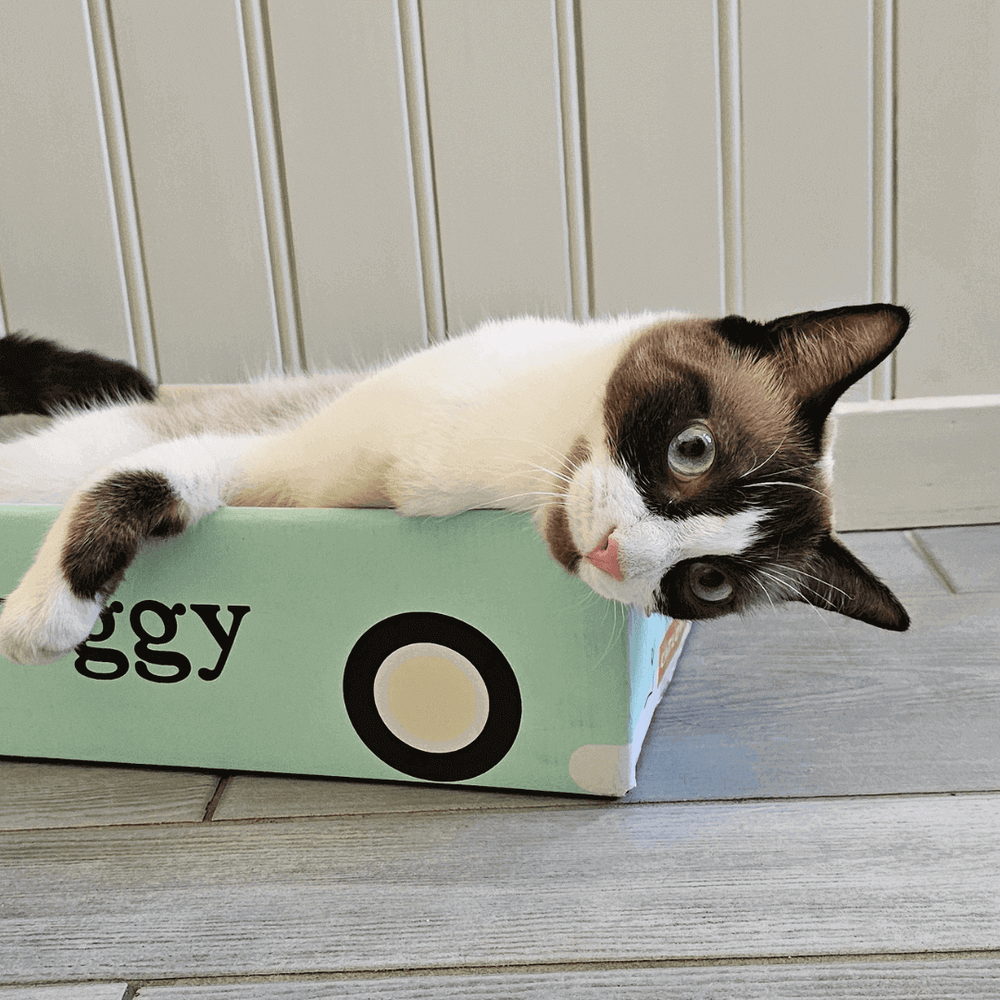
A very good diet rich in minerals, bones and carcasses can conversely lead to constipation. The two characteristics in the same food can give the illusion of stools of correct hardness, but much more voluminous. Sometimes an alternation of diarrhea and constipation is added.
In Ziggy pâtés, we only use muscle (heart), a little liver and lobe as animal proteins, which are very rich in nutrients and highly assimilated by our cats. So as not to make the digestive tract, kidneys work… for nothing!
How do I know if my cat's food contains quality protein?
Finally, the phosphorus level, the crude ash level or even the RPP (protein-phosphoric ratio) can alert you.
The RPP indicates the proportion between proteins and phosphorus in the food. The higher it is (greater than 25), the better! Phosphorus is mainly found in carcasses and bones. If the RPP is less than 25, this means that your cat's pâté probably contains carcass or bone residue.
We explain everything to you in our article on proteins in your cat's diet.
Also, don't hesitate to consult our articles to choose the best kibble or the best pâté for your cat.
Giving probiotics to your cat
Using probiotics can also support your cat's intestinal microbiota.
Probiotics are non-pathogenic live microorganisms which, when consumed, have a beneficial role for the cat by improving its intestinal flora and digestive tract.
Once ingested by the cat, these bacteria interact with the bacteria (sometimes pathogenic) present in its digestive tract by forming a barrier between the walls of the tract and the pathogenic bacteria. They allow the microbiota to rebalance itself and resume its natural role.
This is how probiotics have a beneficial effect on the intestinal flora, the immunity of the digestive tract and thus the cat's transit.
Some studies have demonstrated the effectiveness of probiotics in preventing diarrhea in cats and dogs.
At Ziggy, we are convinced that a happy belly = a happy cat. That's why, to take even more care of the health of our whiskers, we have developed our own range of Ziggy Care probiotics.
Our Ziggy Care probiotics are also recommended during antibiotic treatment: from the start of treatment (before if it is possible to anticipate), during, and after the duration of treatment to allow time for a good reconstitution of the digestive flora.
Minimize stress
We don't always pay attention to it, but stress plays an important role in the health of our cats. In particular, it can promote cystitis , can cut their appetite or even promote digestive disorders: diarrhea, vomiting, constipation.
In this respect, our cats are not so different from us. When we are stressed, our stomachs are also affected. Before an exam or an important interview, haven't you ever vomited or suffered a small episode of diarrhea? For our cats, it's the same thing. So to take care of your cat, try to limit stressful situations.
Of course, our whiskers are naturally stressed creatures. Anything can upset them, like a visit to the vet or even a new sofa. If your cat is not used to it, and rather the stressed type, avoid, for example, unnecessary trips, crowds, noise. Keep a quiet and safe place for him at home when you organize a small party… And avoid changing his habits often or abruptly.
There are a few tips to help your cat relax : cuddle him (when he wants to), play with him, use valerian or even put on classical music.
Our cats have a fragile digestive system that requires a lot of attention. At Ziggy, we take care of your cat and his little belly with a natural cat food : kibble and pâtés rich in highly assimilated quality animal proteins, without starch, just the right amount of good vegetables, and when necessary, probiotics for good digestion and a healthy digestive flora.
If you have any questions, please do not hesitate to contact us at hello@ziggyfamily.com



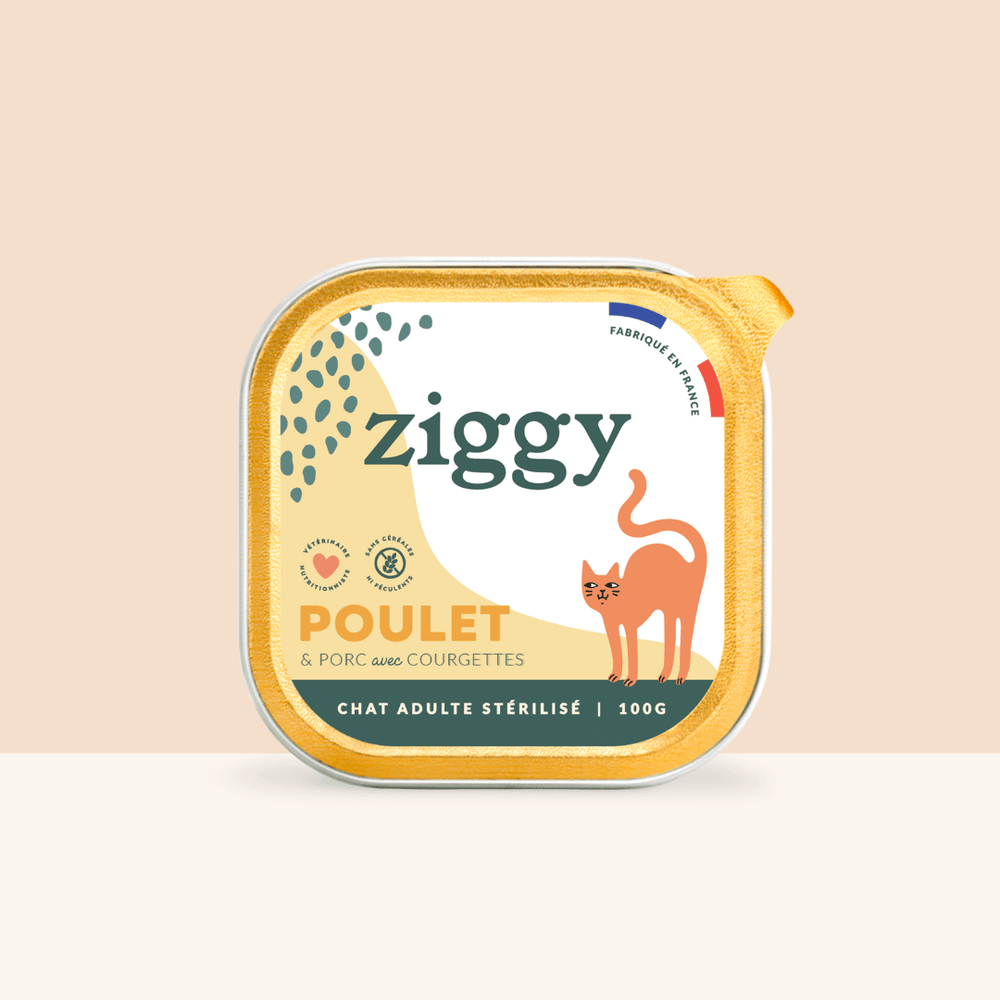
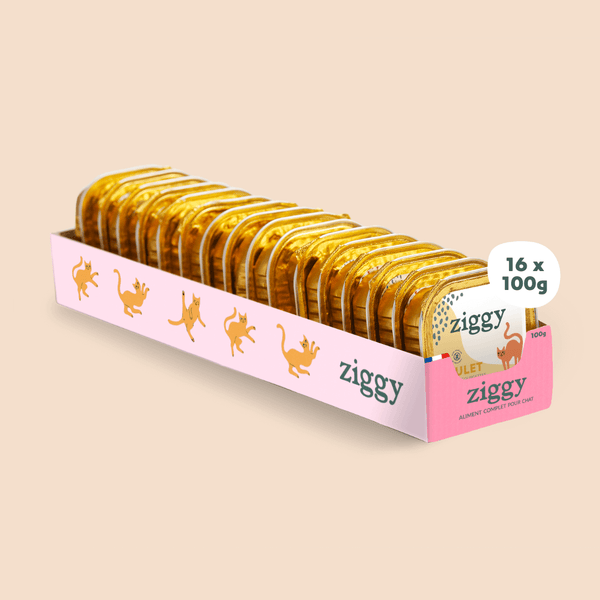


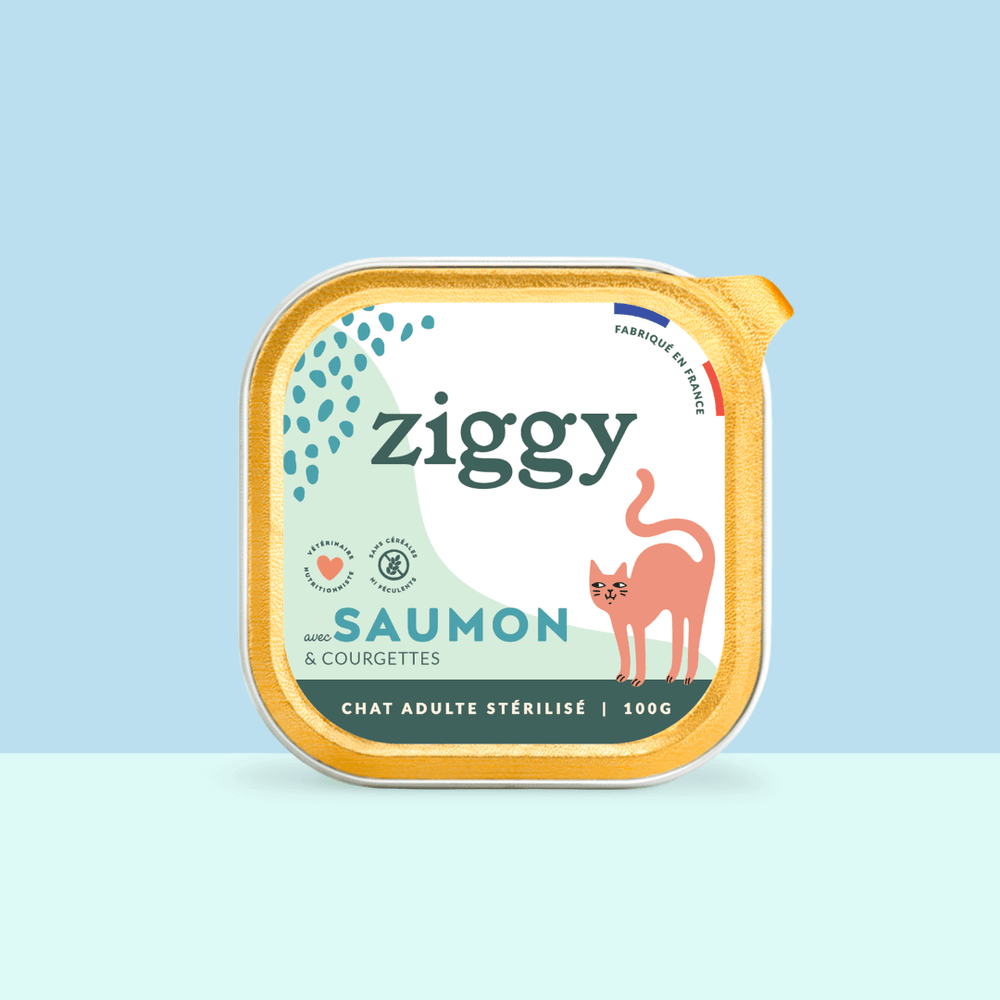
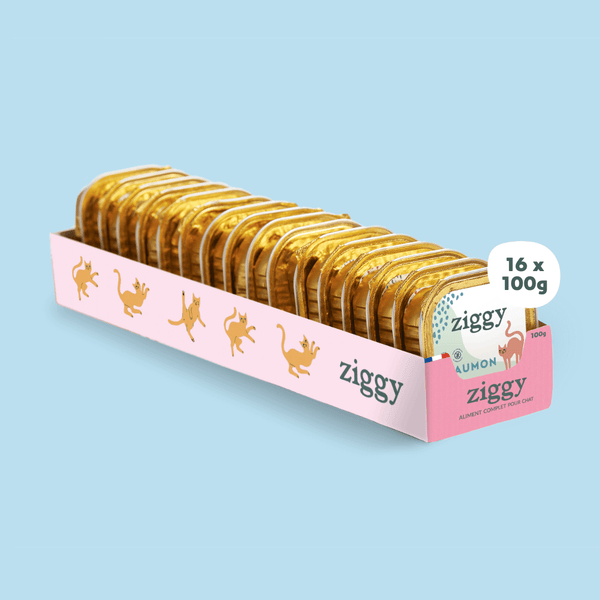


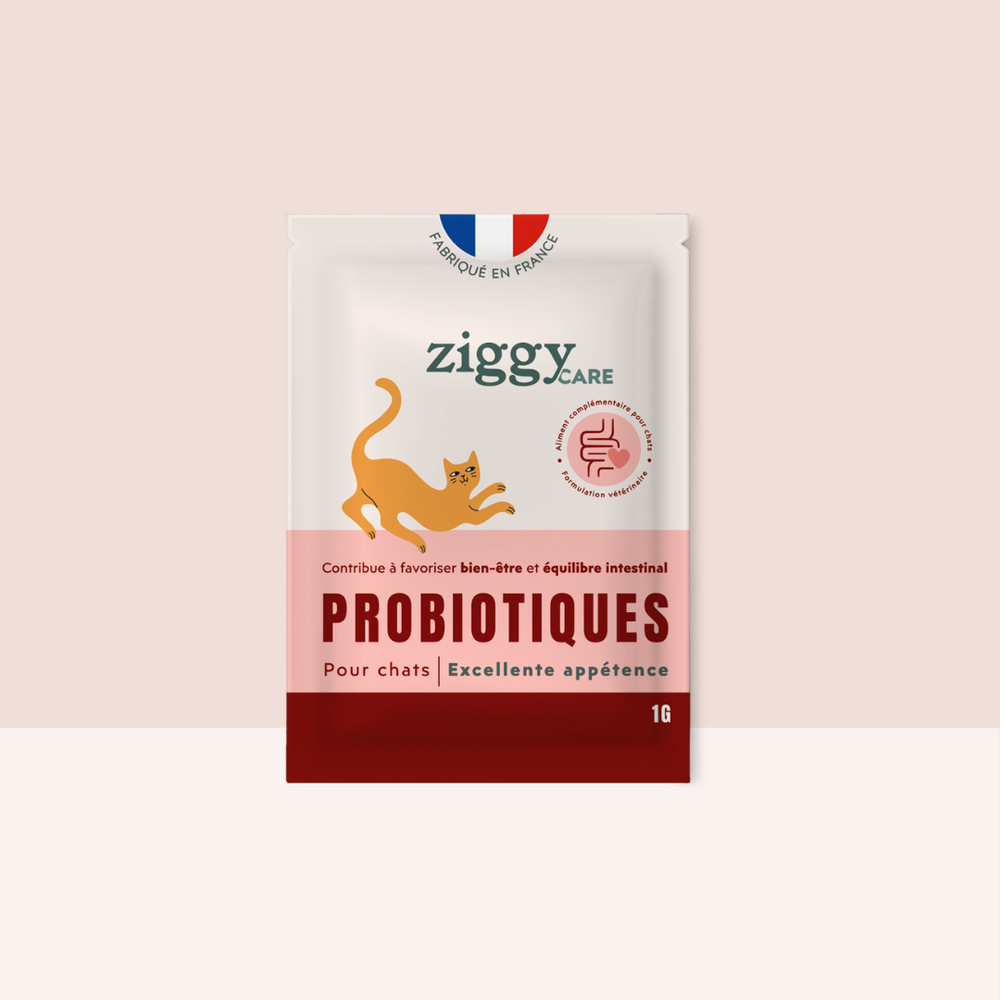
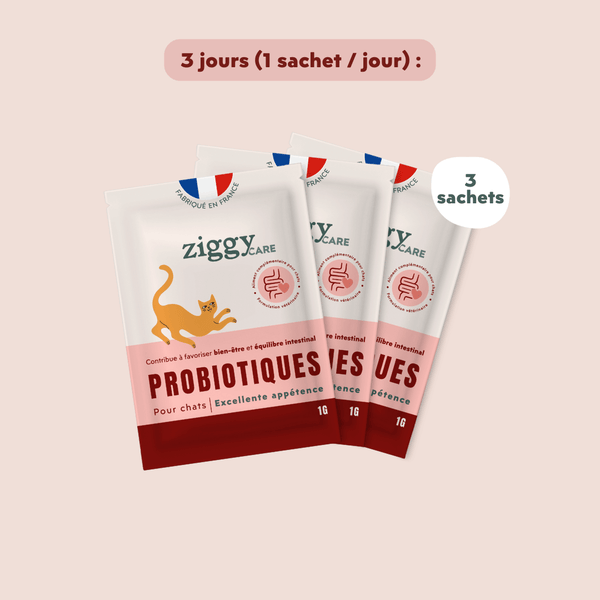

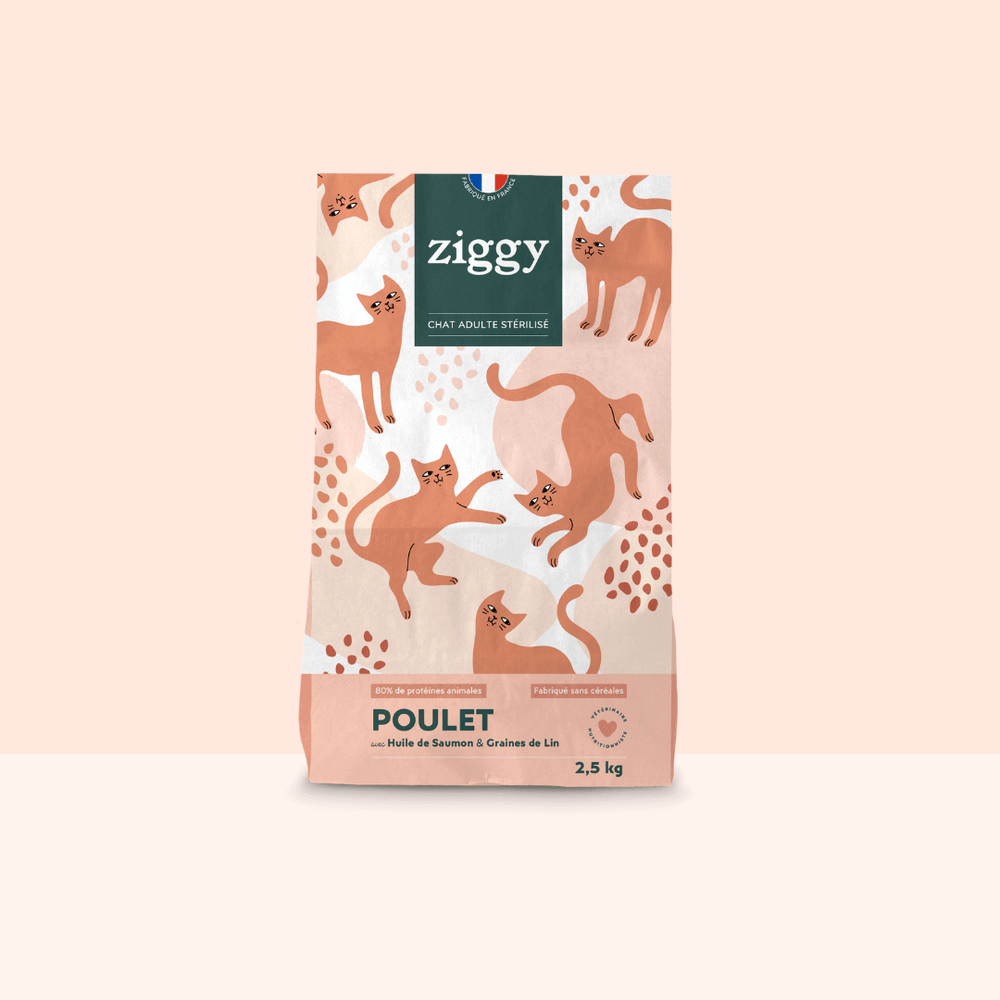
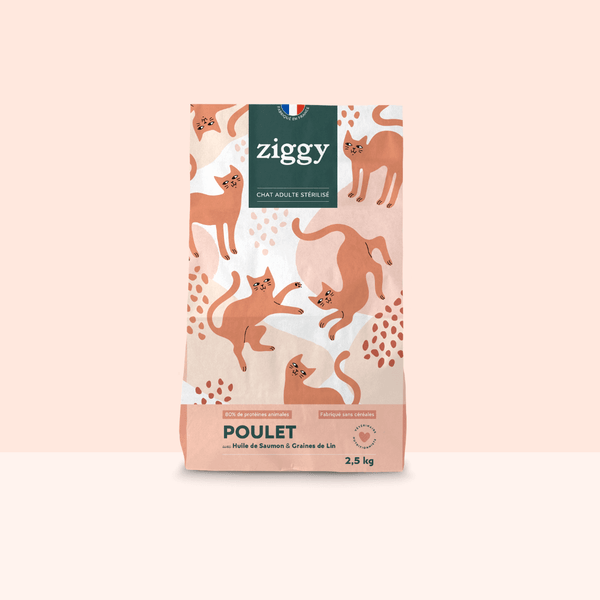




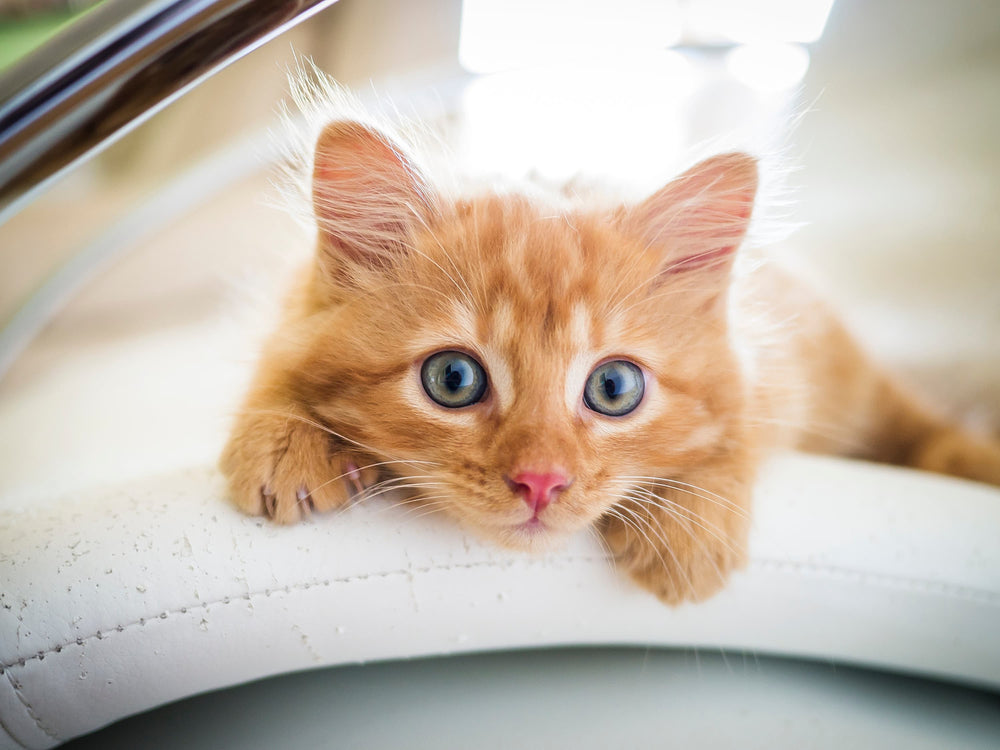
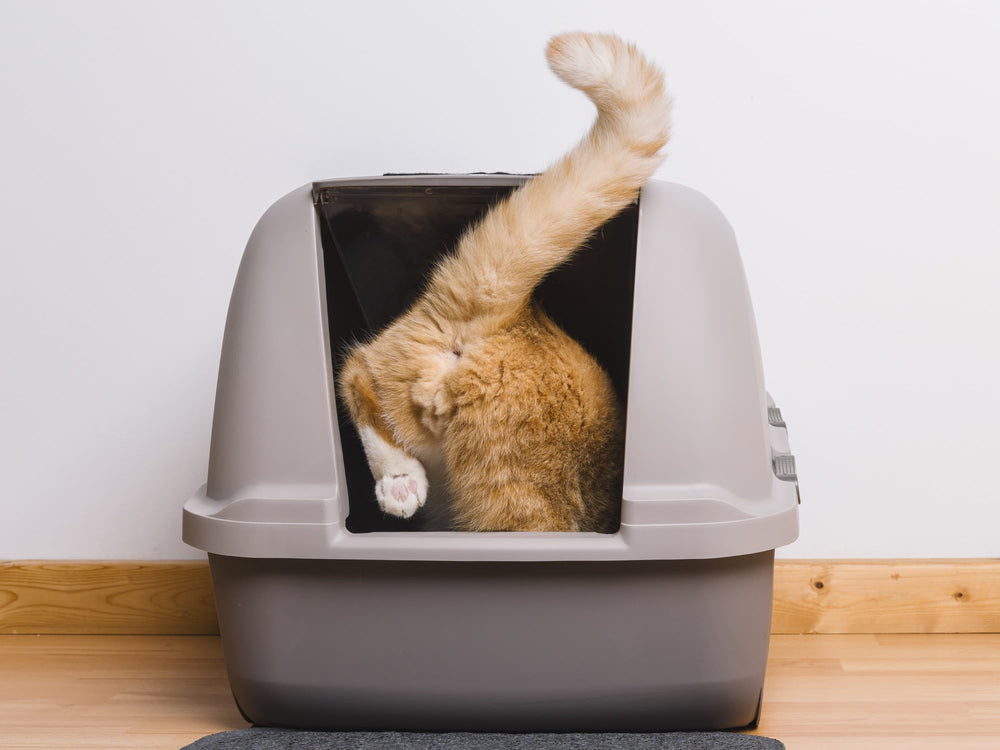
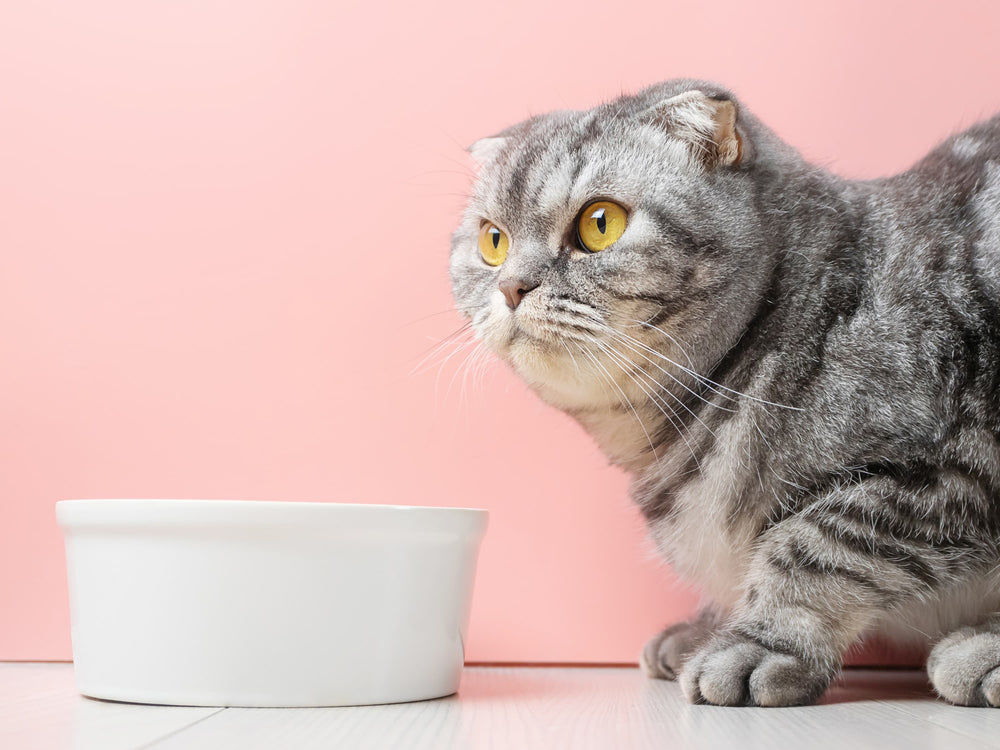
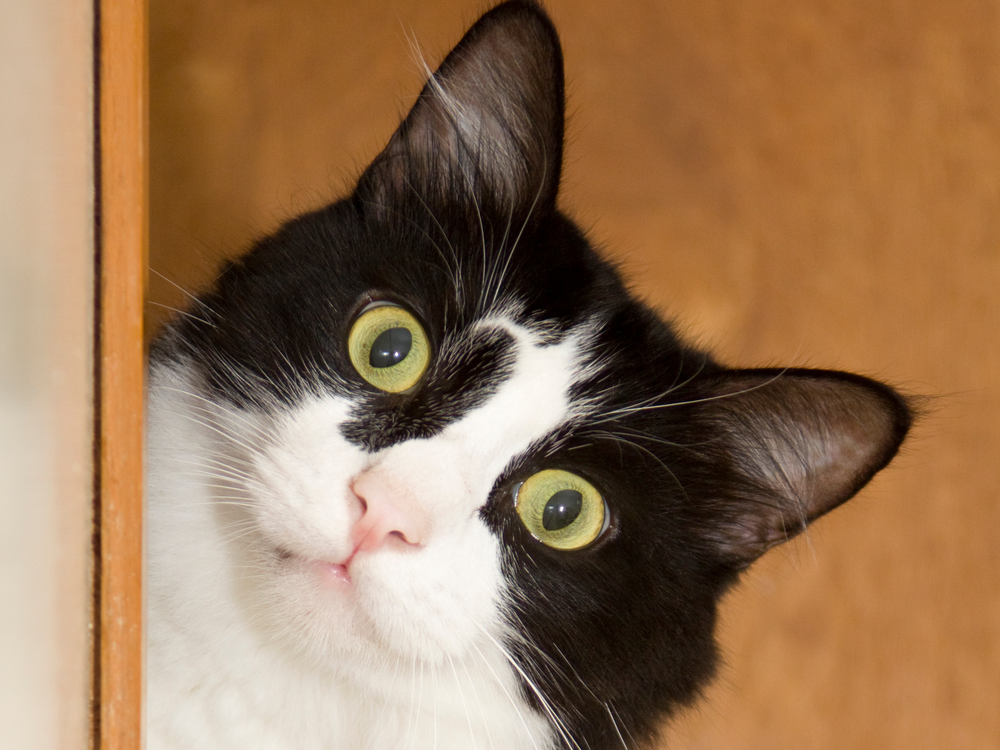
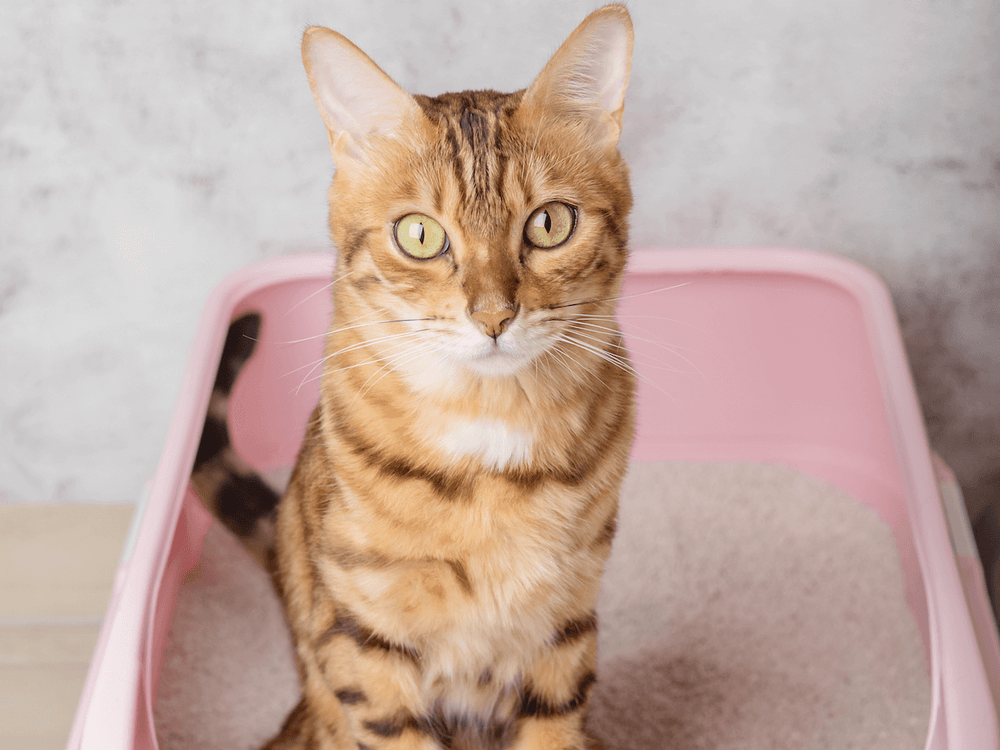

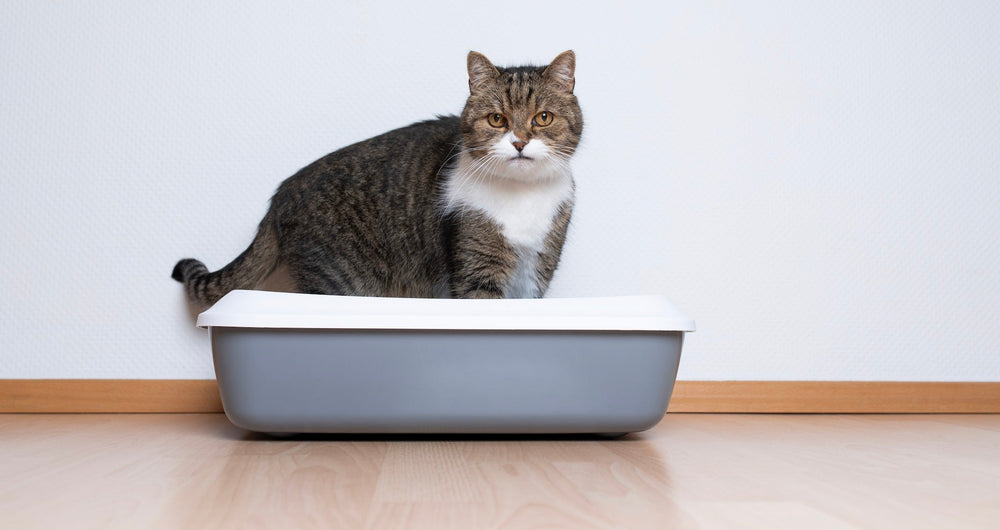
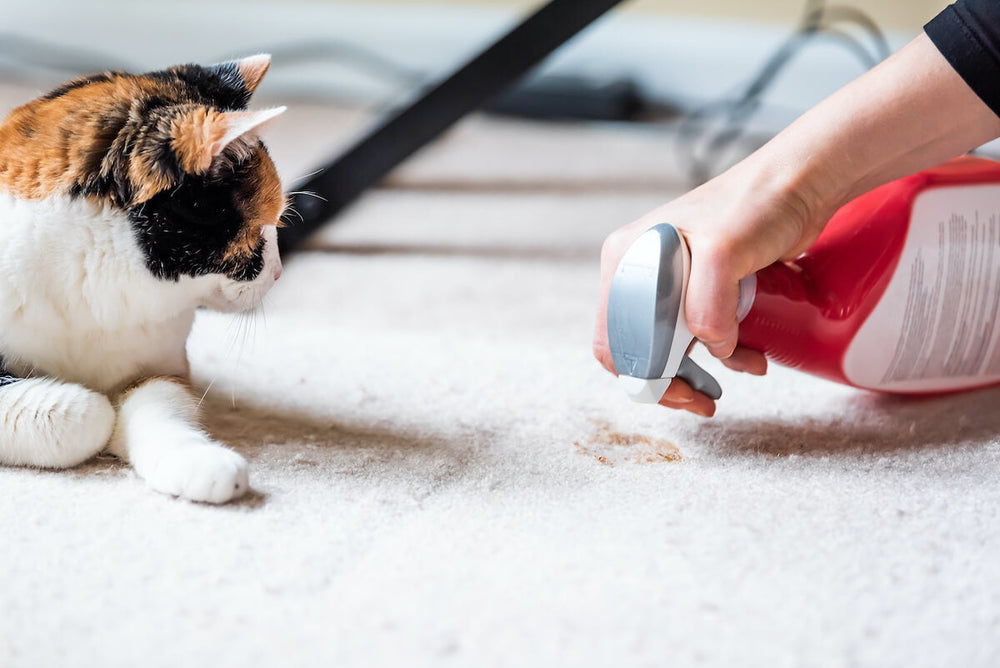
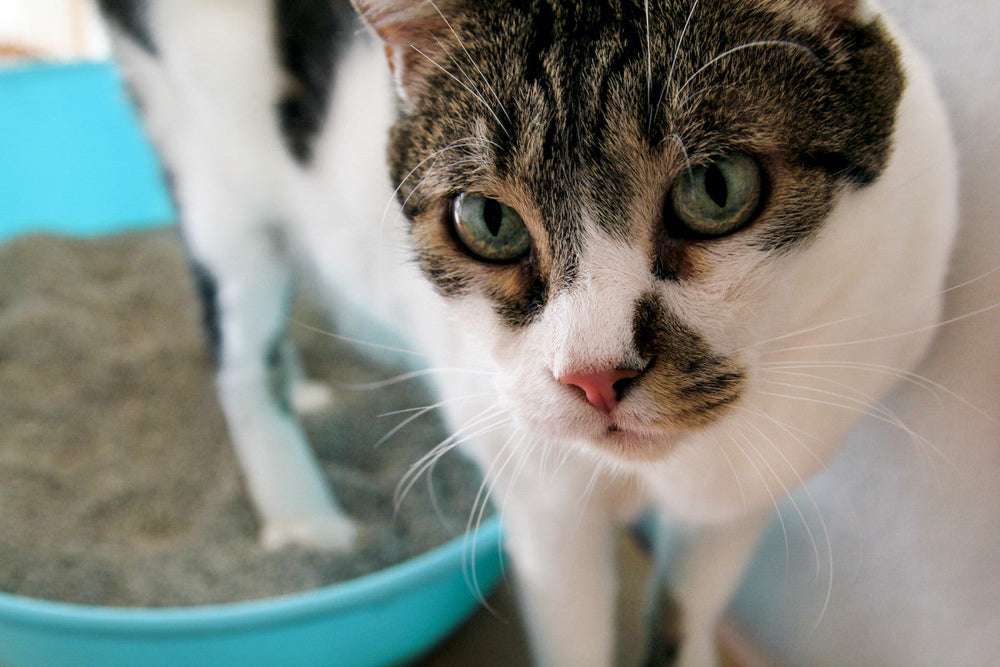


Bonjour Evelyne,
Pour les soucis digestifs de votre chat, n’hésitez pas à tester nos pâtées qui sont sans amidon et riches en protéines de qualité.
N’hésitez pas à nous contacter par email à hello@ziggyfamily.com. Nous répondrons à toutes vos questions.
Plein de caresses à votre moustachu. 💛
L’équipe Ziggy
Bonjour
Besoin d’aide pour 1 chat, avec de gros problèmes digestifs, après visite chez le vétérinaire,(traitement anti parasitaire différent de celui que je lui donnais auparavant)il me conseille des croquettes spéciales digestion, mais d’une, je n’ai pas confiance et de 2 mon chat refuse cette nouvelle alimentation, il a toujours été nourri à la pâtée, mais ce n’est pas les croquettes qu’il n’aiment pas, puisqu’il accepte volontiers celles d’une autre marque qui me restait
Suis désemparée, pouvez-vous m’aider svp
Cordialement
Evelyne Berthoud
Leave a comment